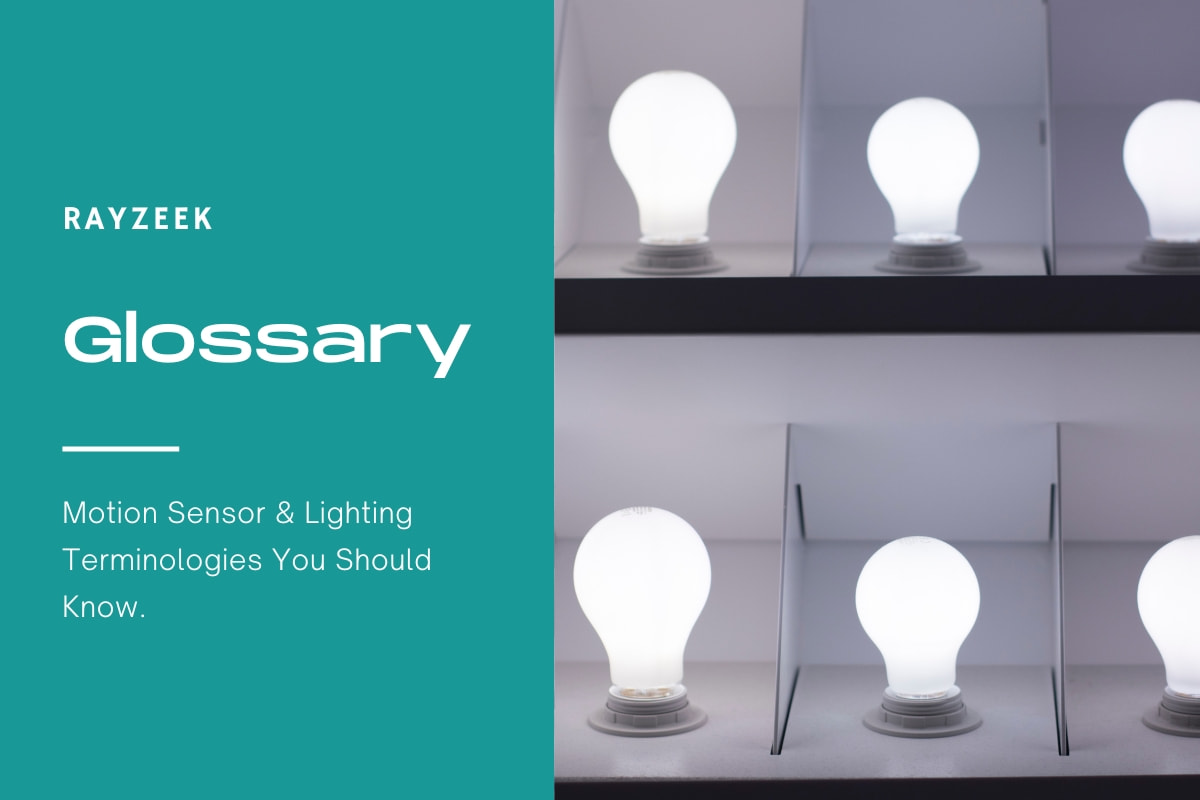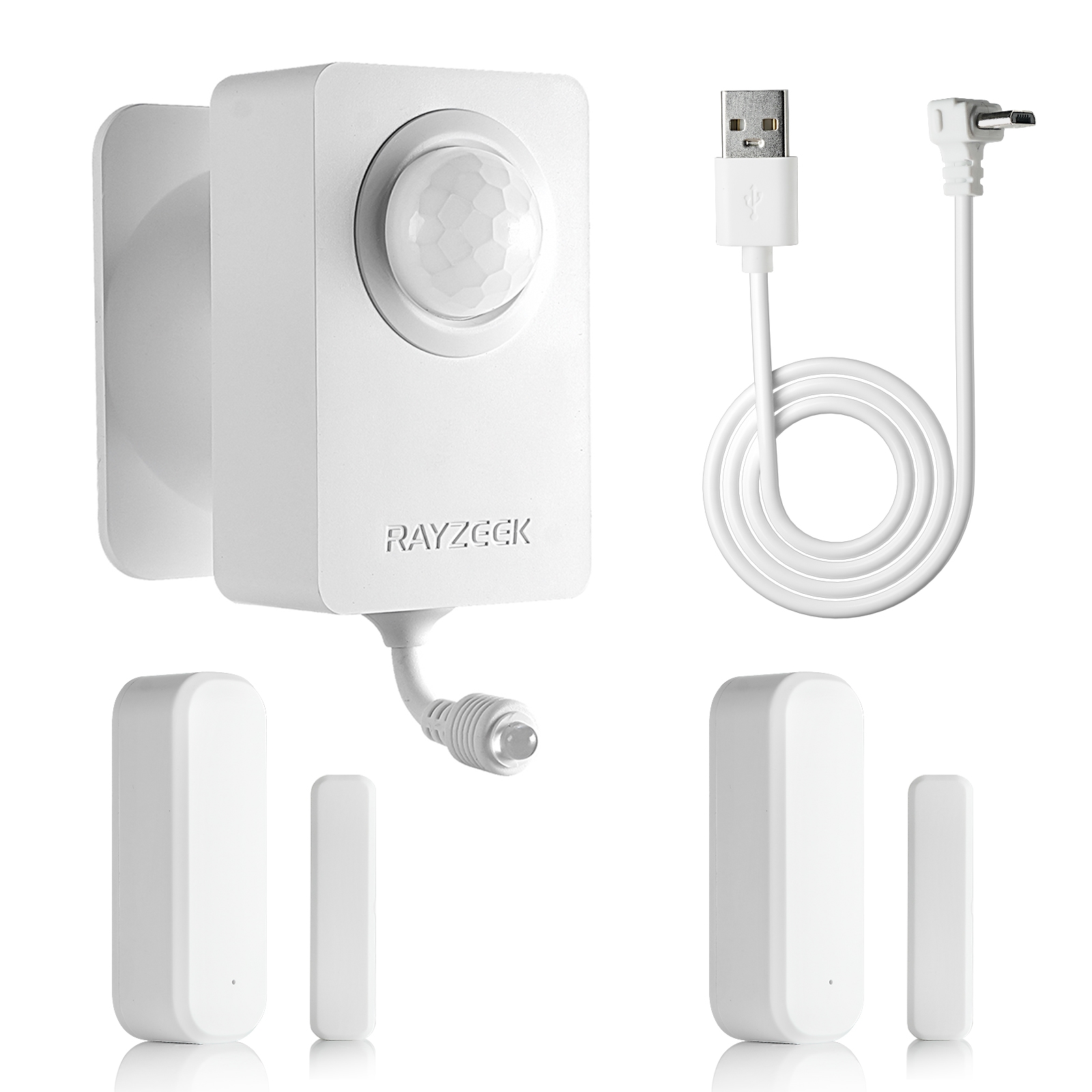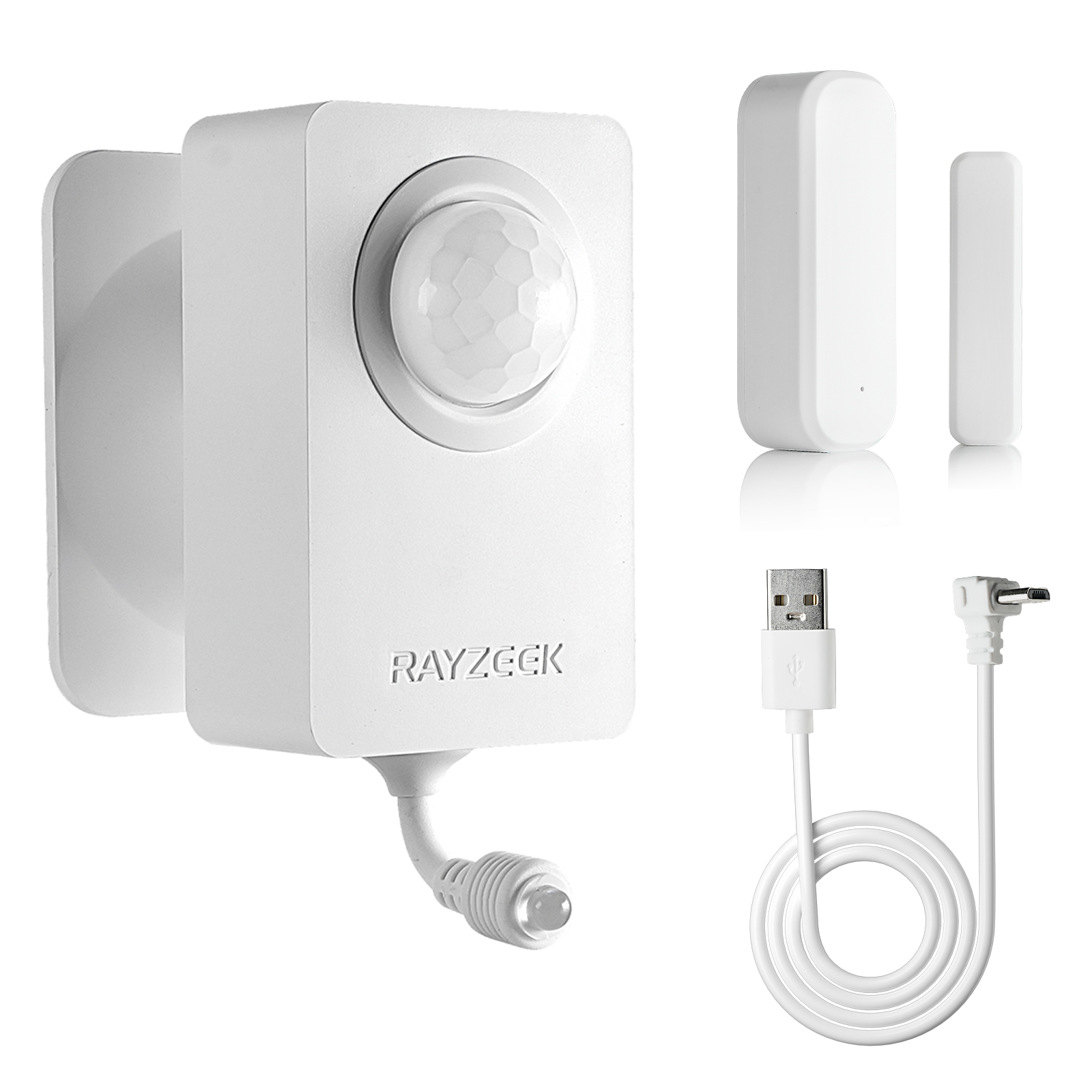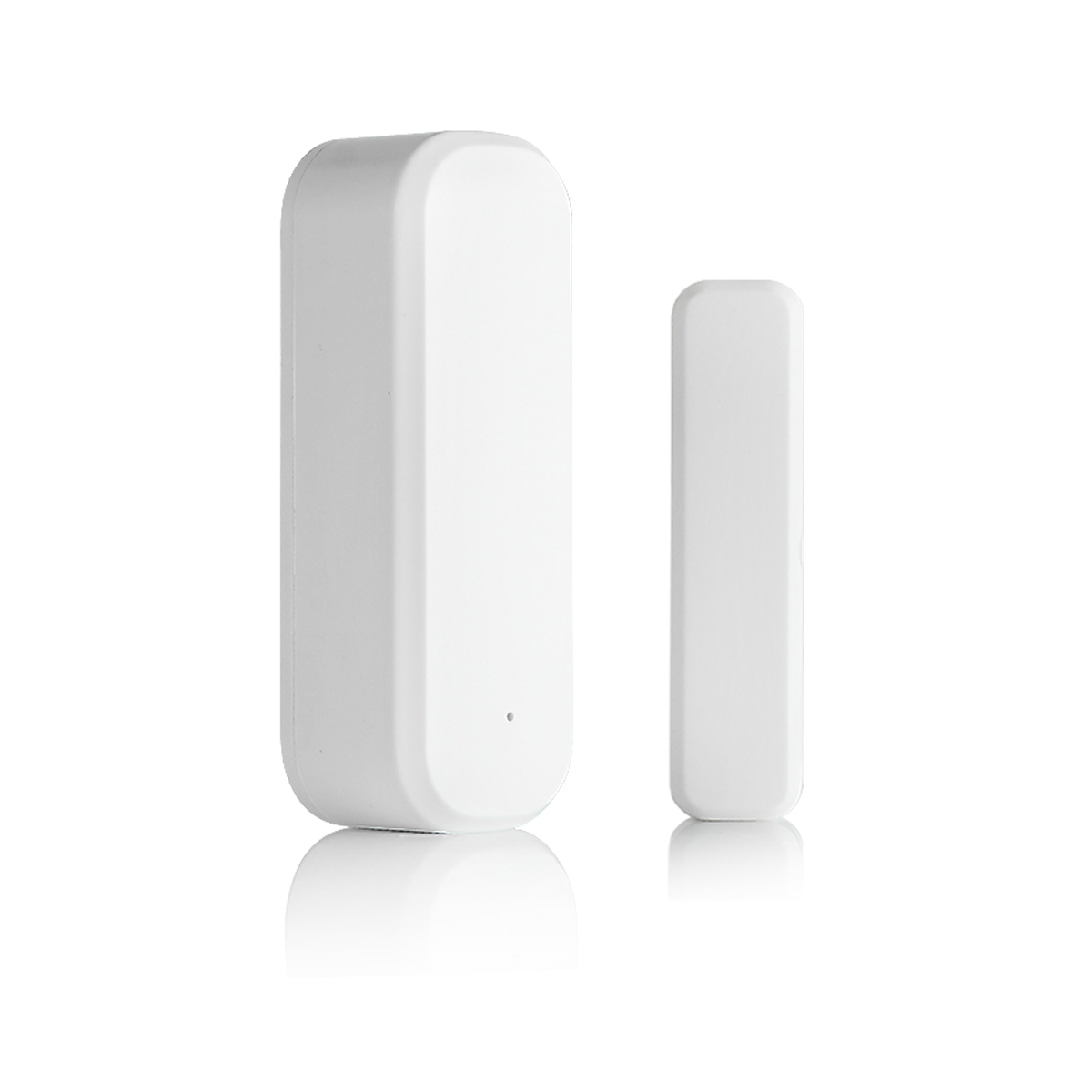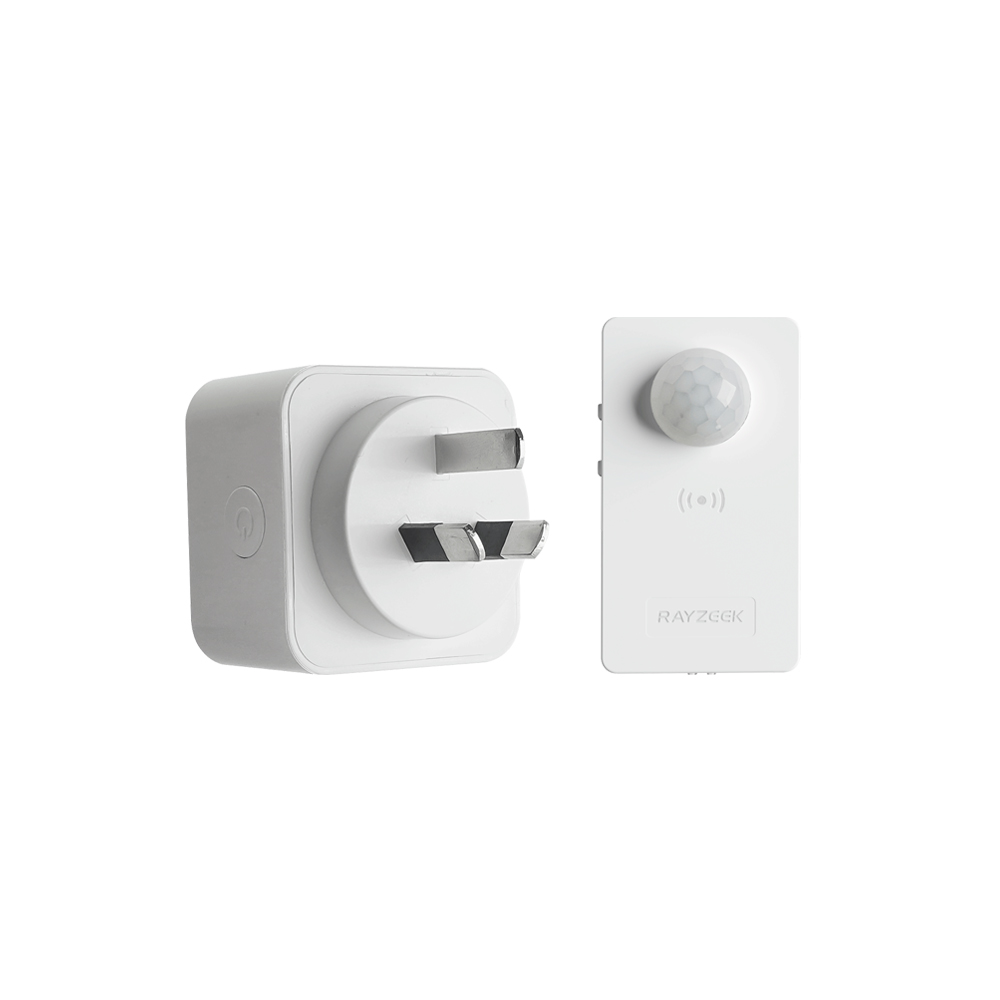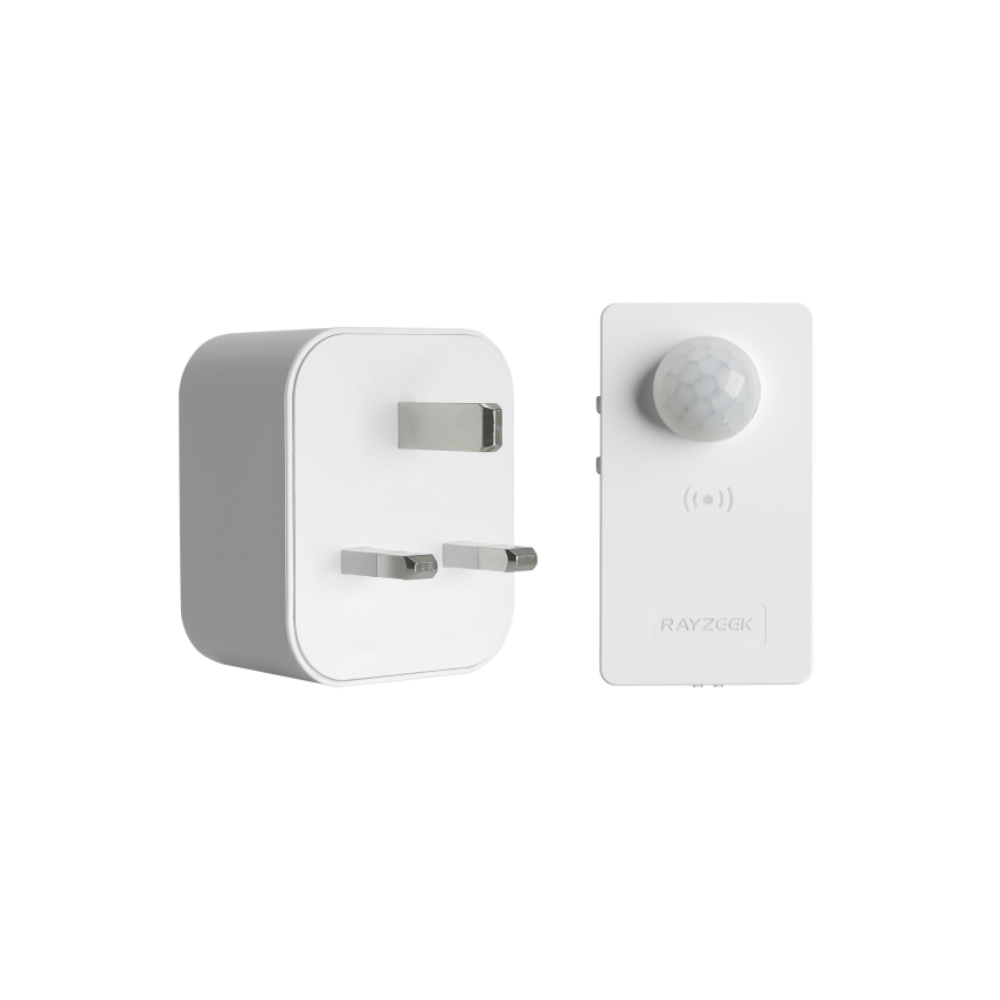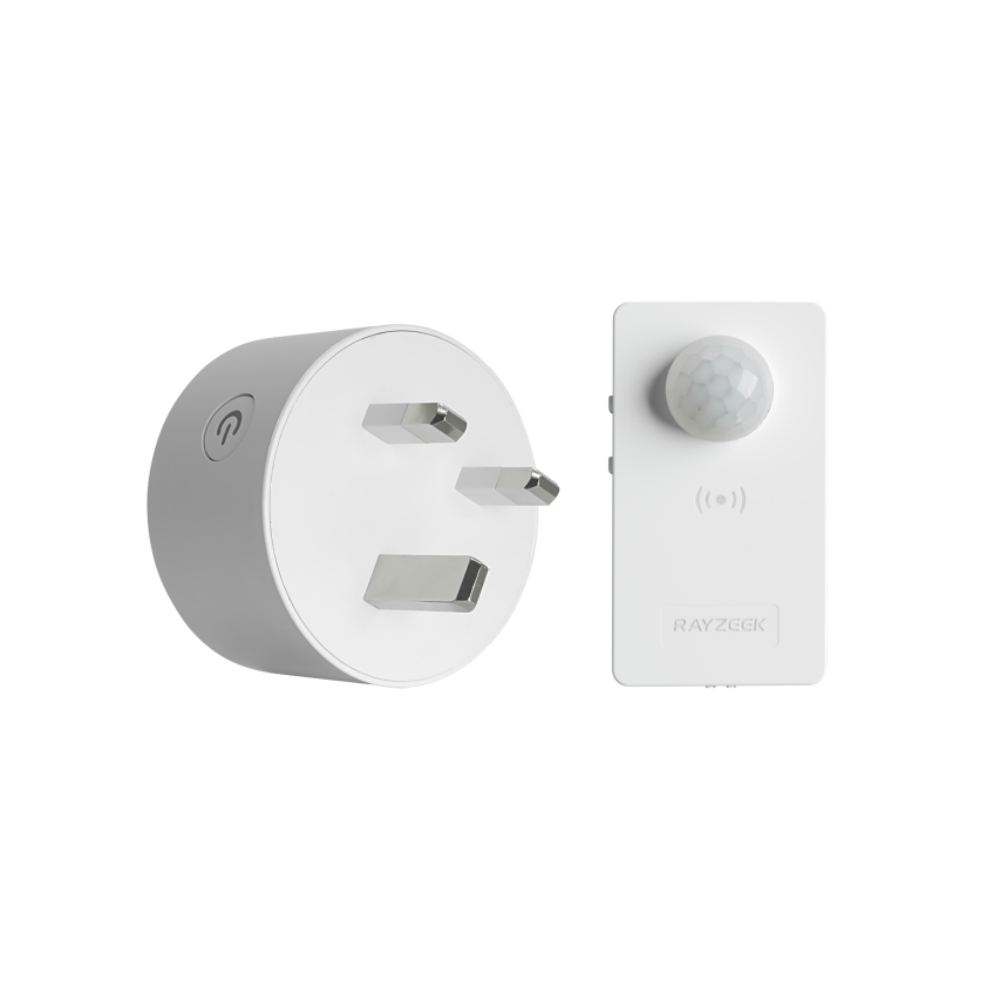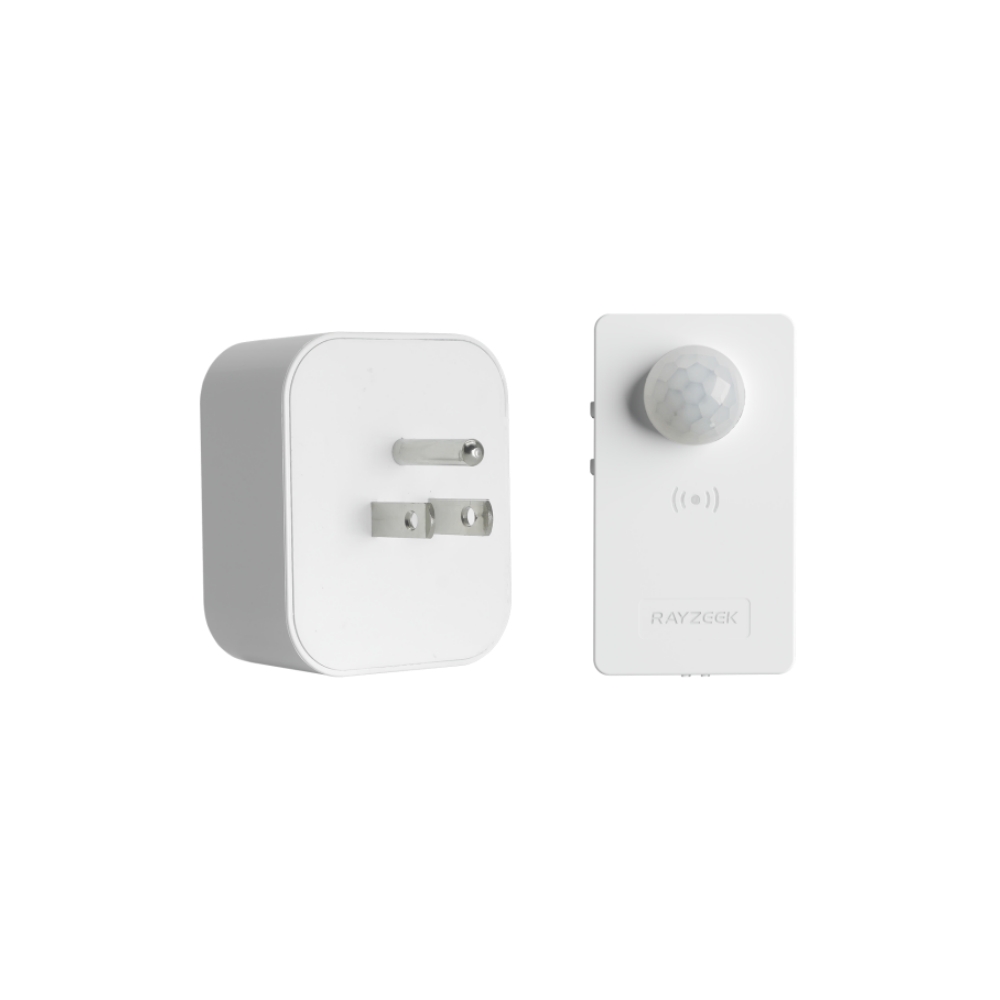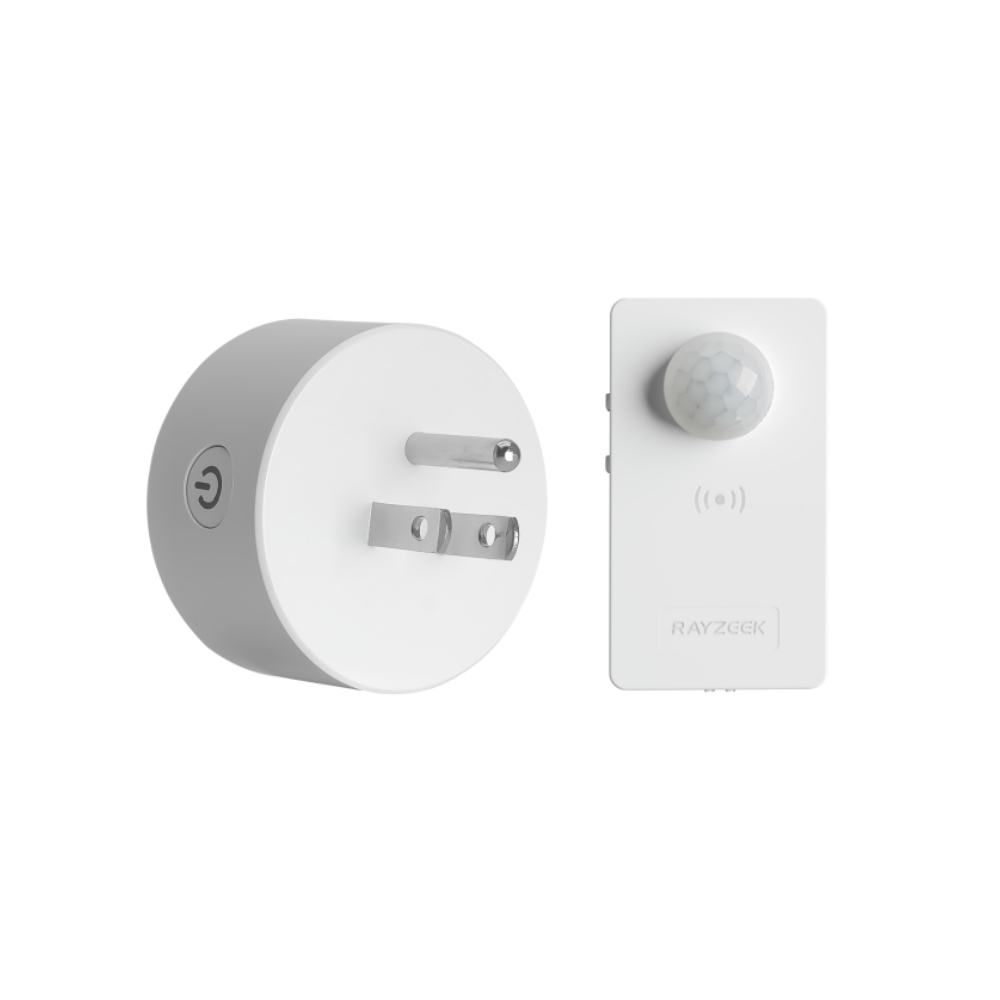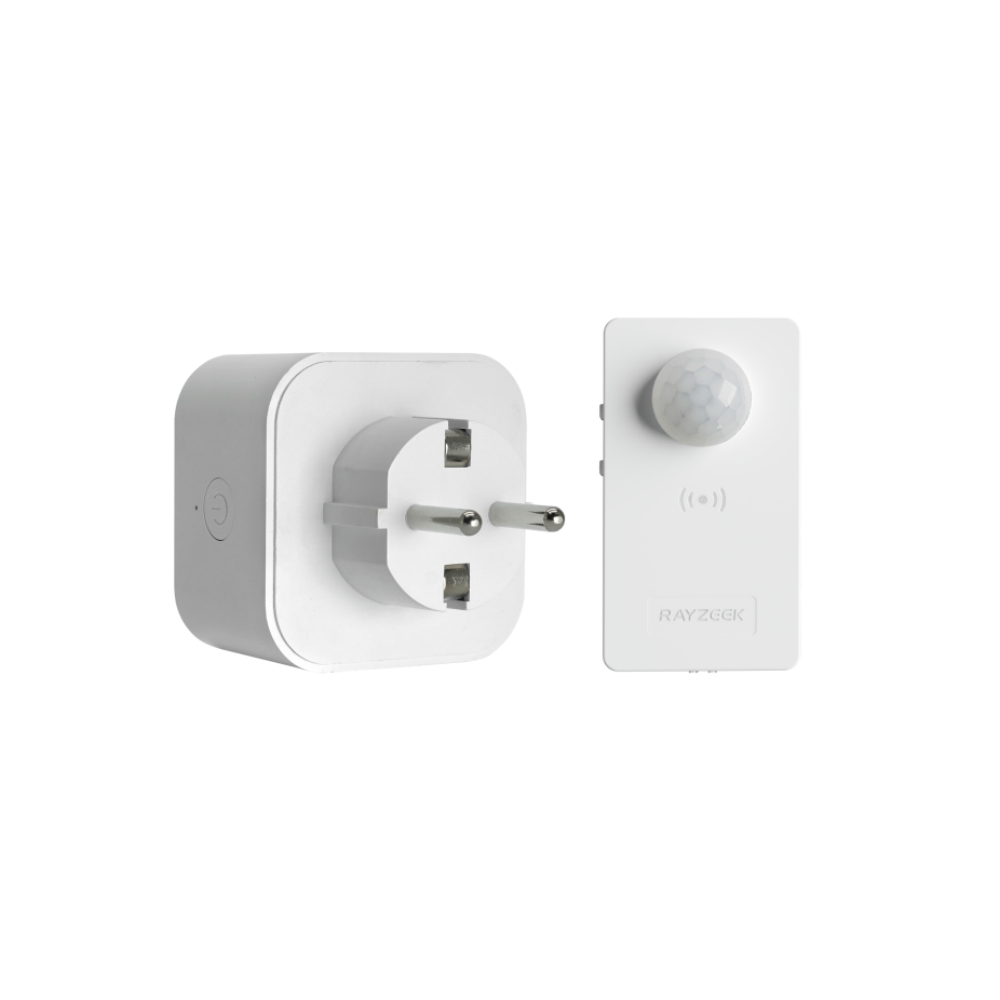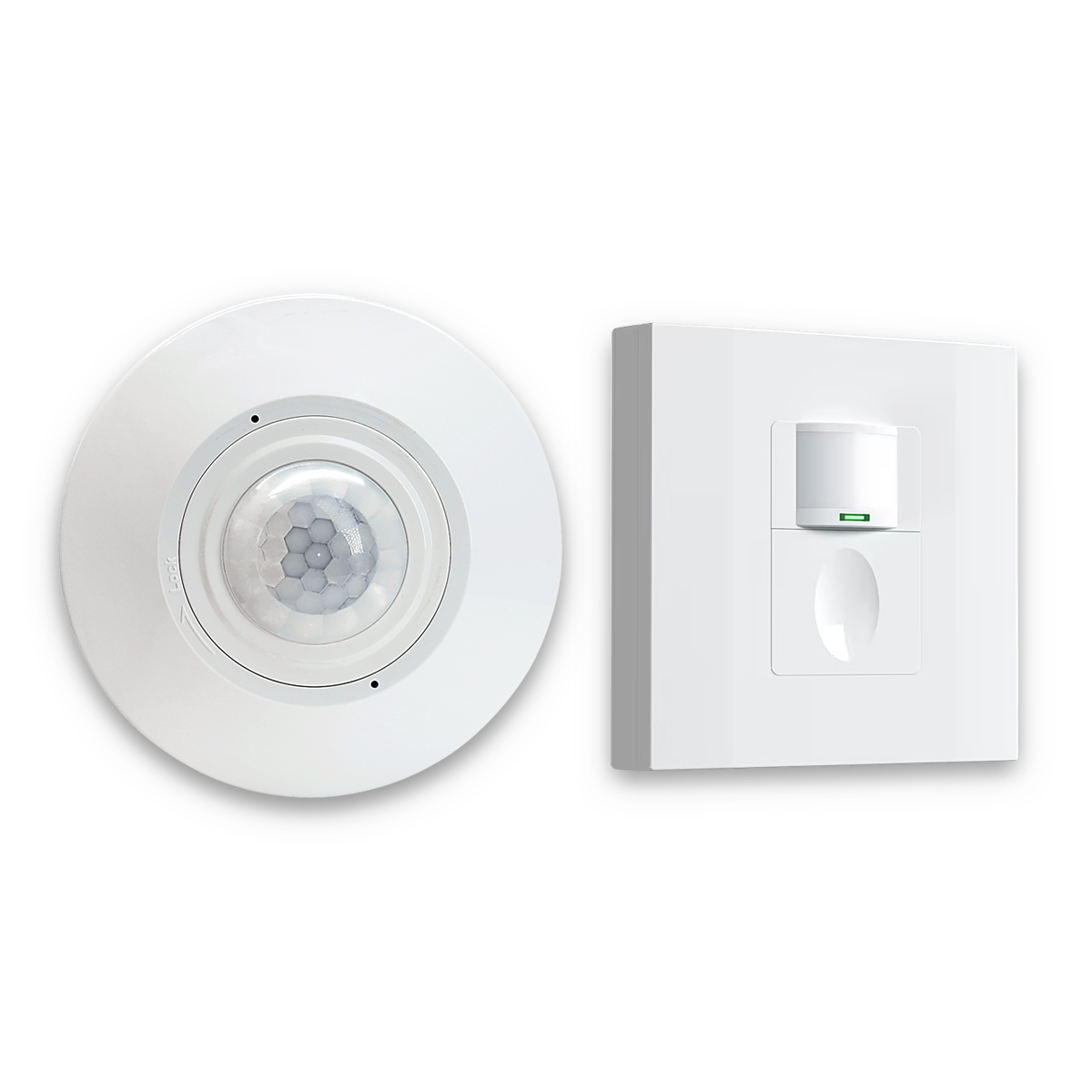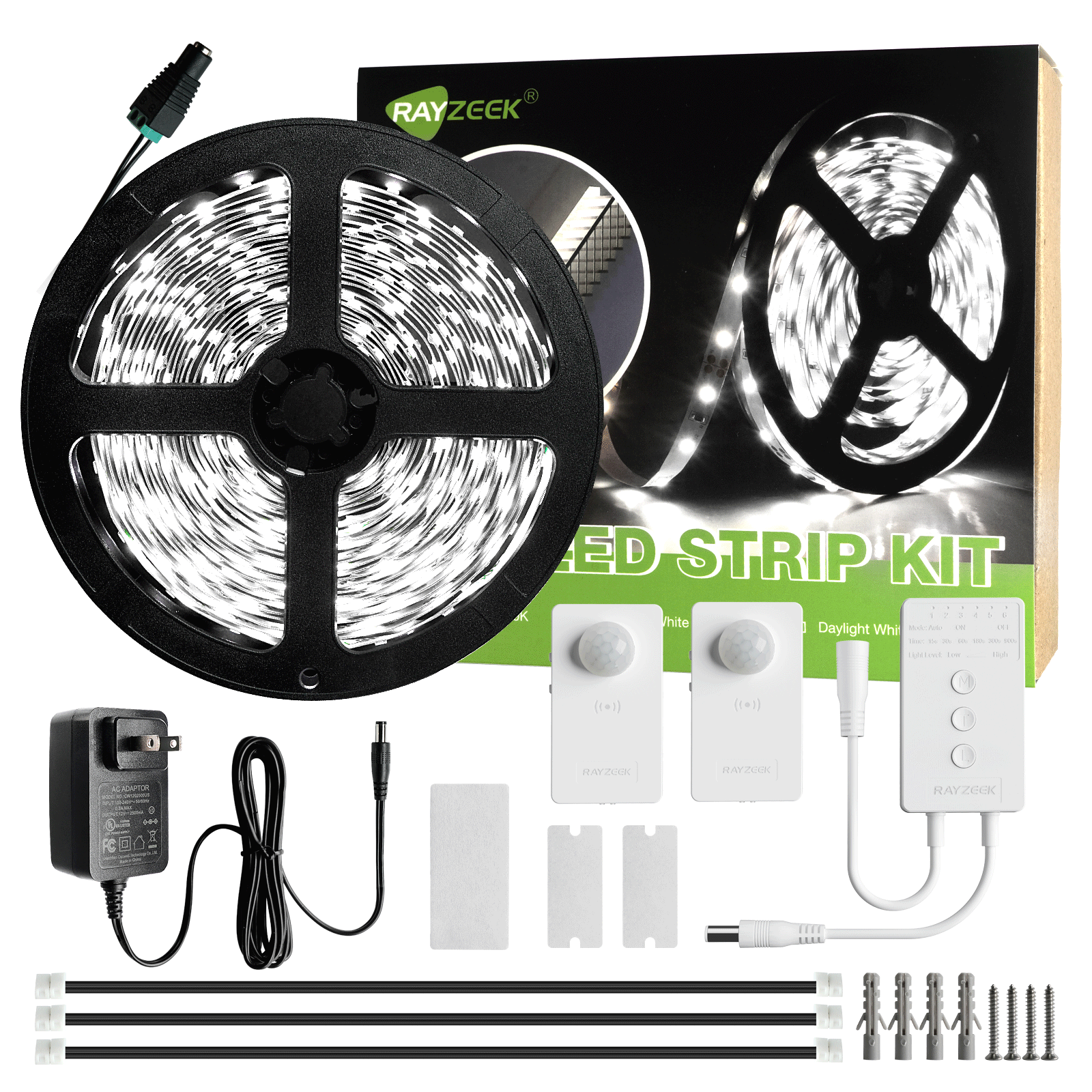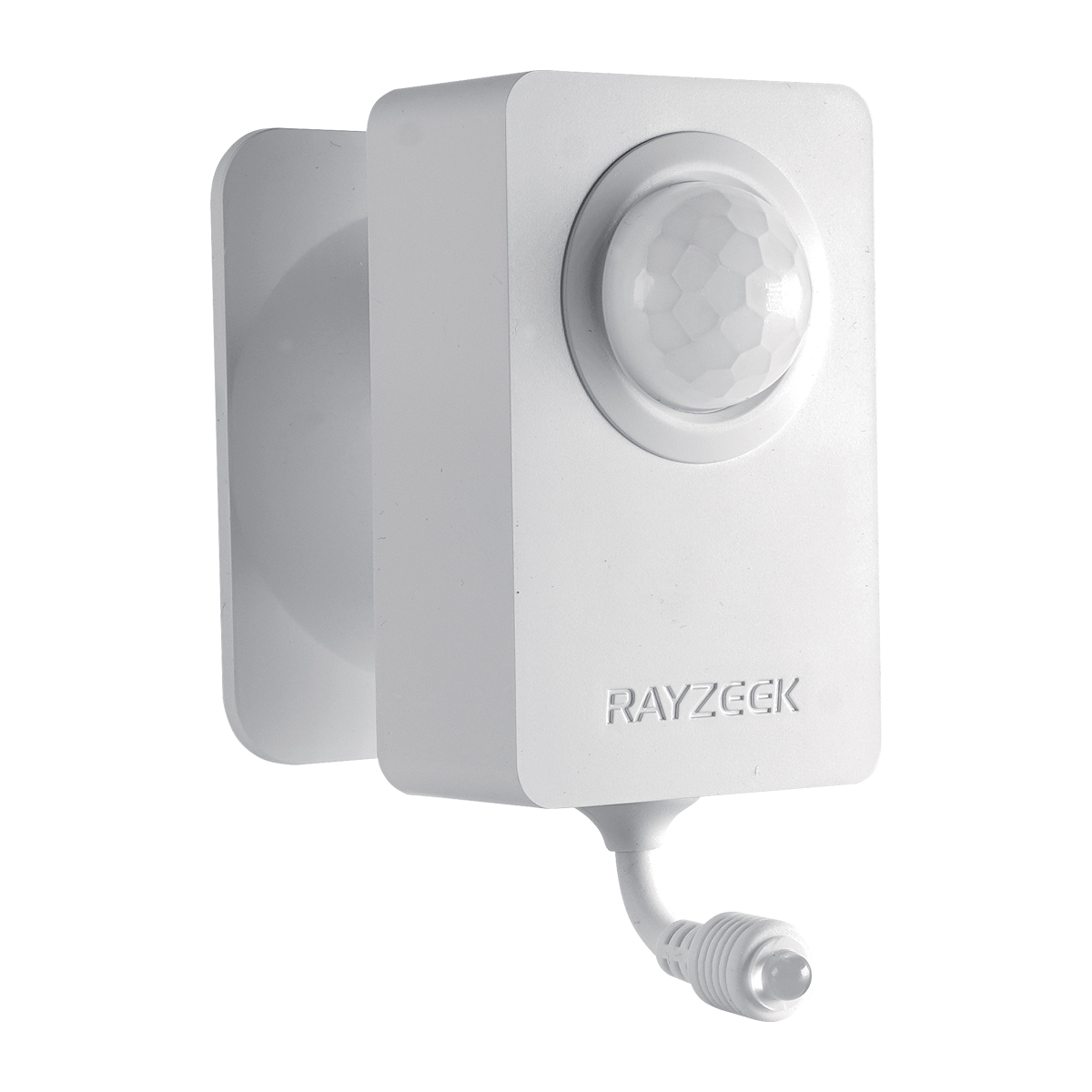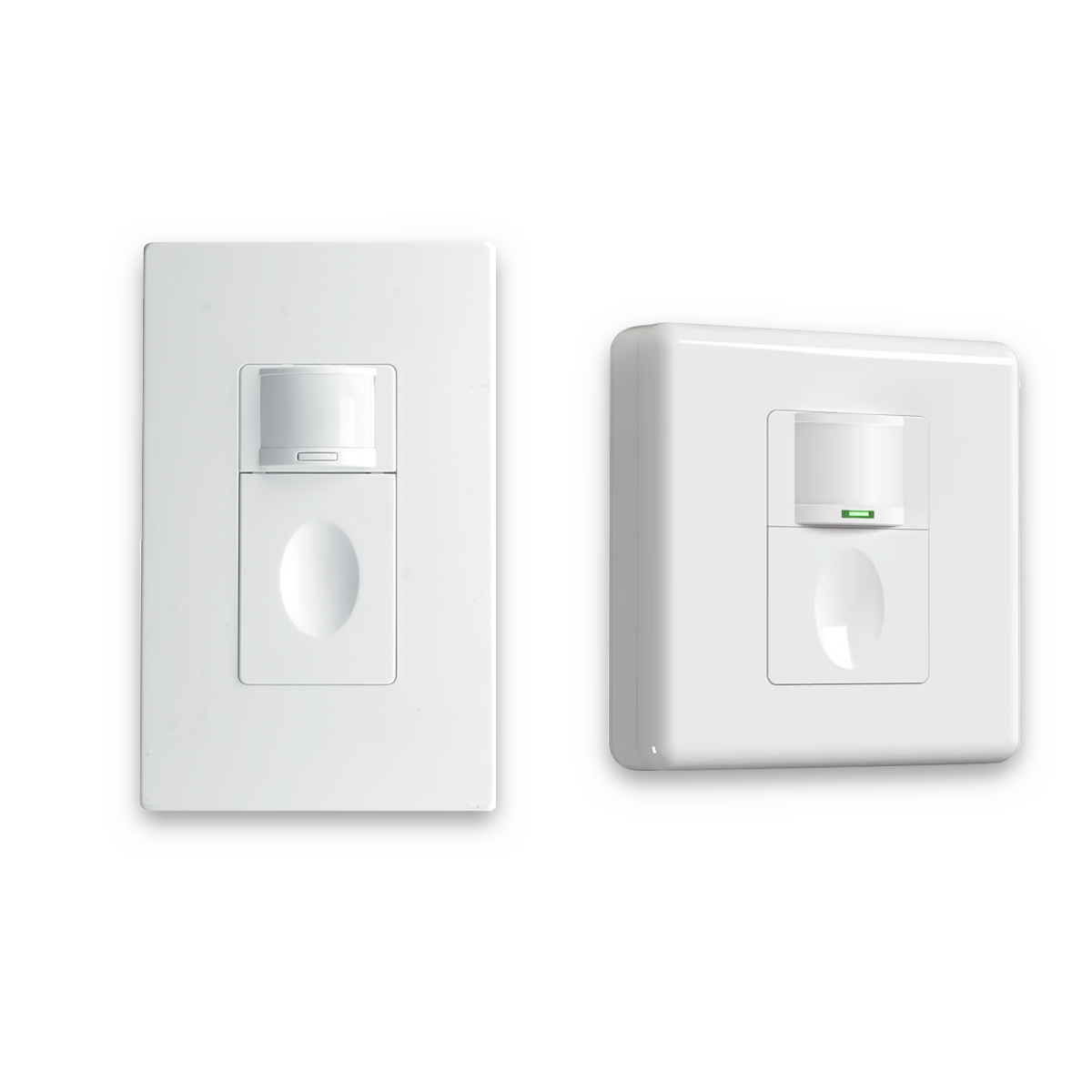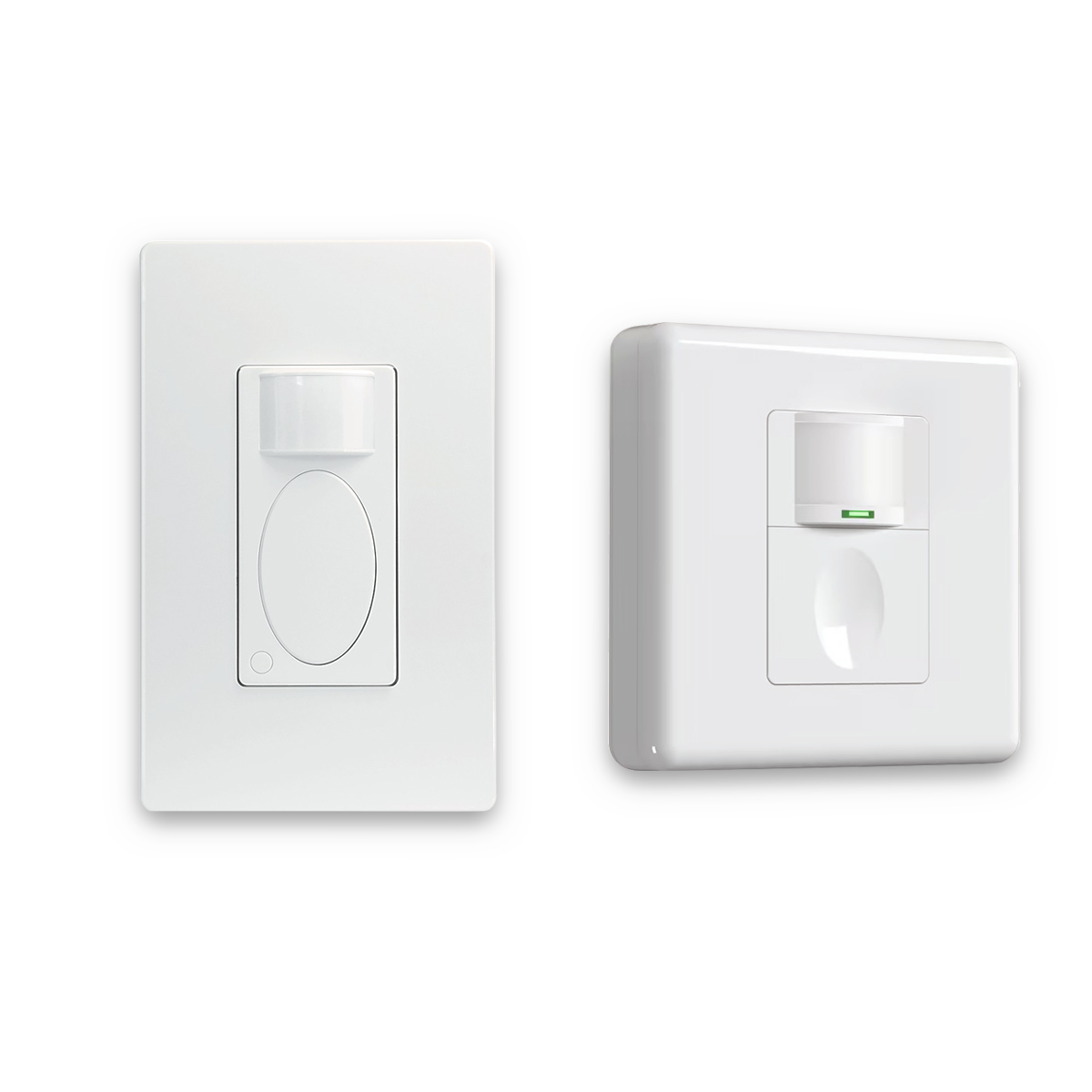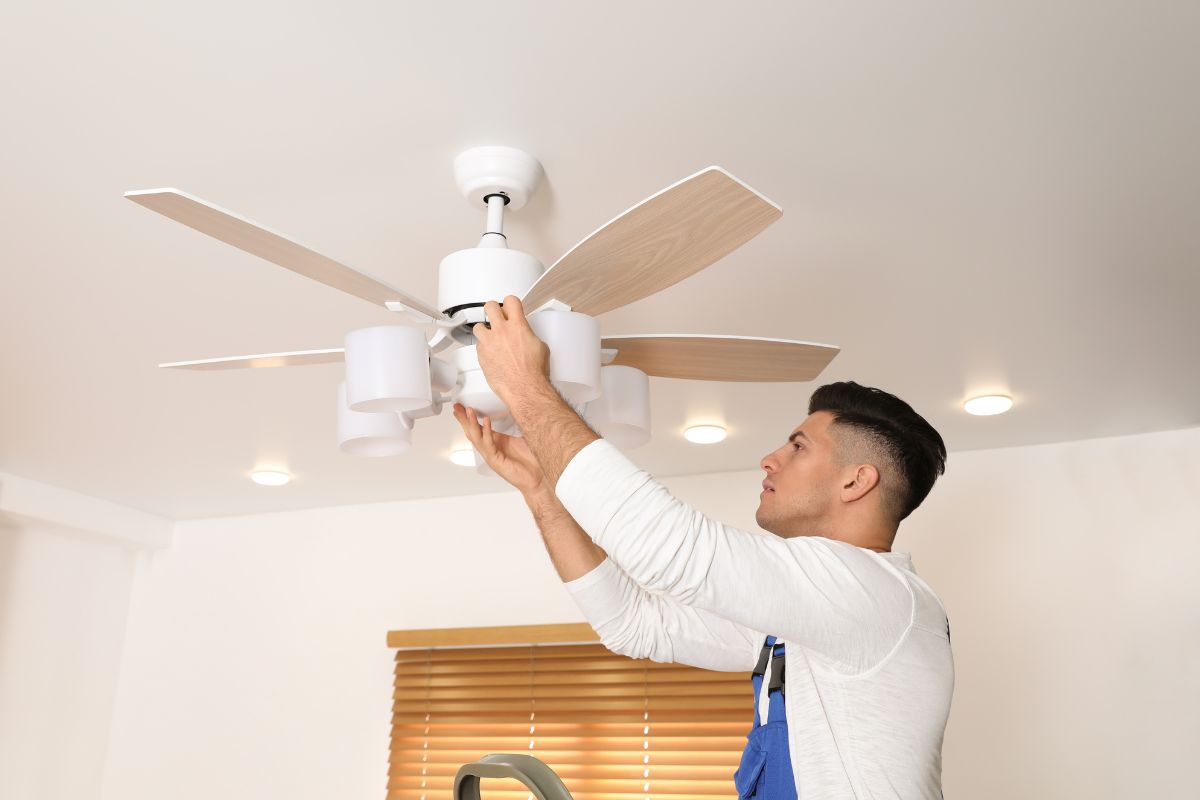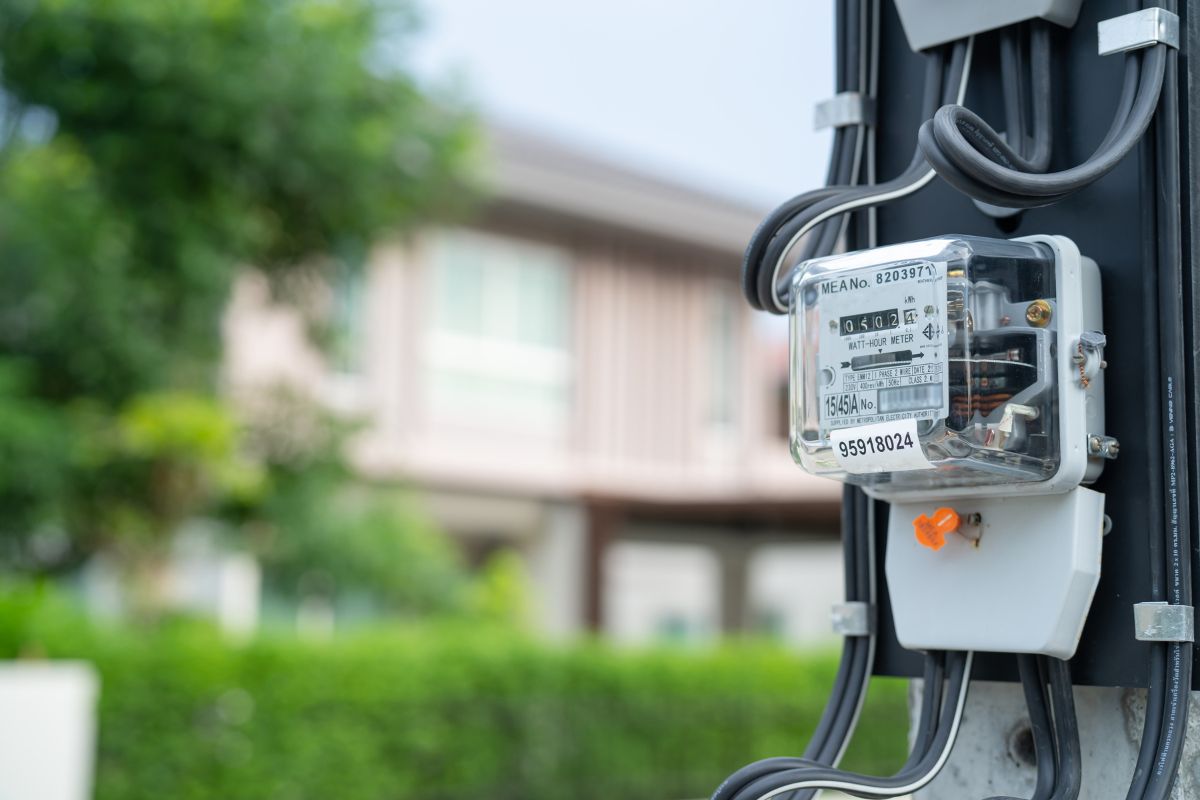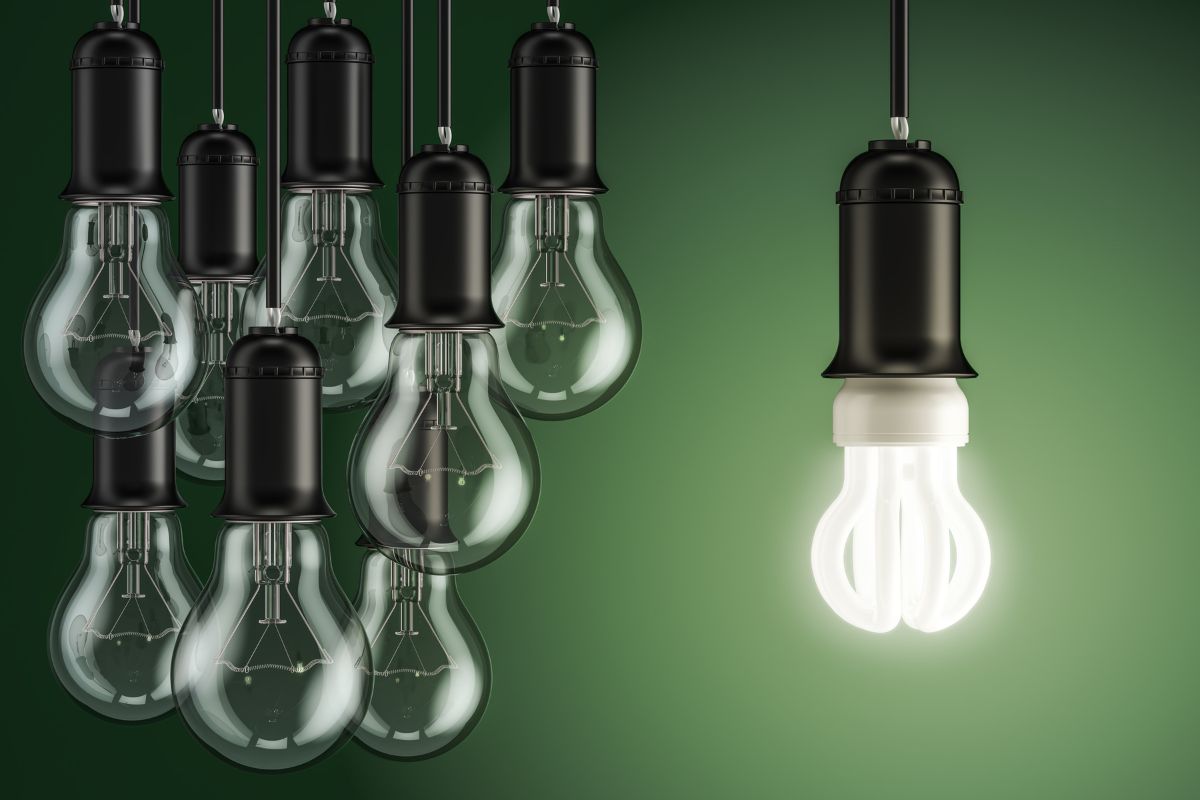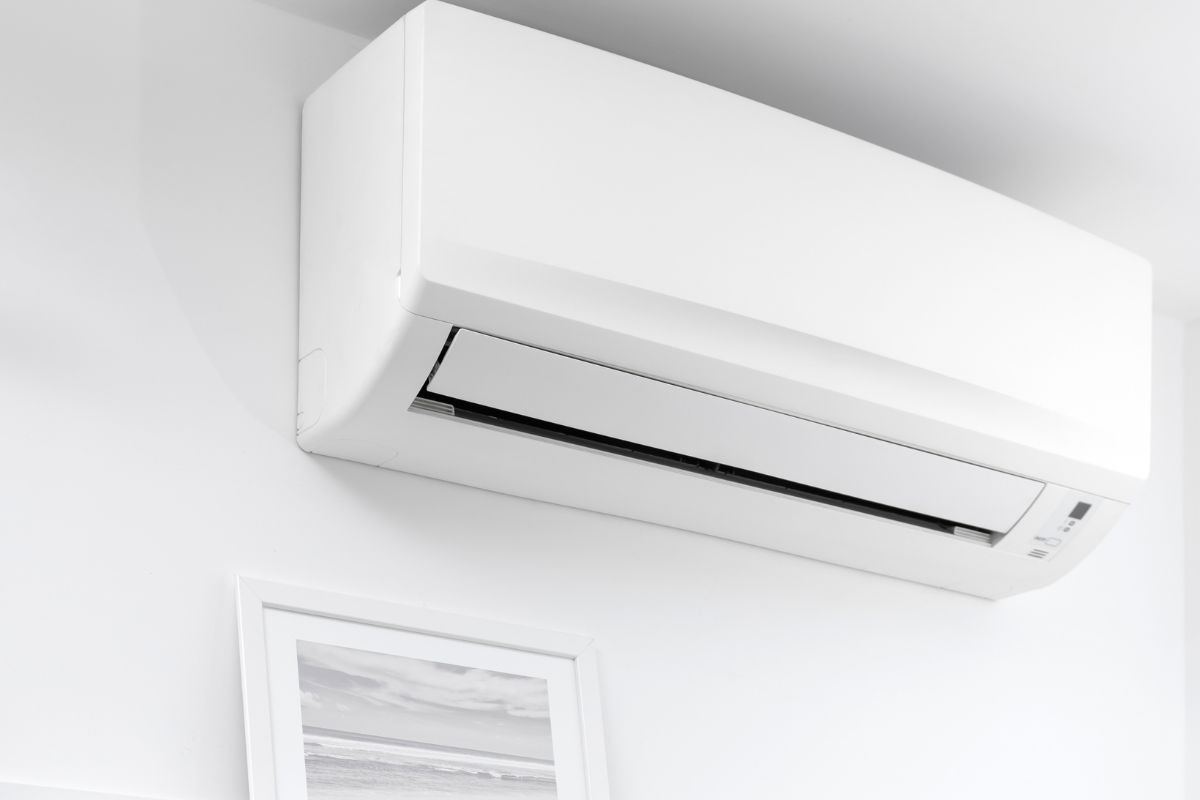What is Discomfort Glare
Discomfort glare is the visual discomfort experienced when individuals are exposed to light sources or luminaires that have a higher luminance than their eyes can adapt to. This type of glare can cause immediate discomfort or become apparent over time. Several factors influence the degree of discomfort glare, including the luminance and size of the glare source, the background luminance against which the glare source is viewed, and the position of the glare source in relation to the line of sight.
To mitigate discomfort glare in lighting planning, you need to consider the relationship between a luminaire’s luminance and the background luminance. Open luminaires, especially those designed for compact and intensive light sources with high luminous flux, often contribute to discomfort glare. This can be caused by the light source itself or a mirror image in polished reflectors or working materials. To reduce discomfort glare, it is recommended to use matt reflectors and large-area luminaires.
Maybe You Are Interested In
In addition, increasing the luminosity on the room walls and ceiling can help minimize discomfort glare. This can be achieved by equipping luminaires with a certain amount of uplight, installing luminaires closer to the room’s walls, or separately lighting the walls. However, excessively bright walls in relation to the vision object can lead to adaptation problems. Therefore, the luminosity of room surfaces should be adjusted according to the visual conditions and limited in accordance with the provided instructions on luminance distribution and limitations.
Looking For Motion-Activated Energy-Saving Solutions?
Contact us for complete PIR motion sensors, motion-activated energy-saving products, motion sensor switches, and Occupancy/Vacancy commercial solutions.
Frequently Asked Questions
How Do You Prevent Glare in Lighting Design
Avoid using shiny metals and metallic paints in lighting design. Additionally, ensure that television sets and computer monitors are positioned away from light sources that can cause reflected glare. To prevent glare, it is also recommended to incorporate multiple layers of light in the space, including ambient light, task lights, and a subtle touch of accent lighting, as long as the accents do not create direct glare.
Why Is Glare So Bad at Night
Nighttime glare is a problem because it is caused by both bright and dim lights. When trying to see something in the presence of a bright light, it can cause the eyes to squint and become teary. On the other hand, dim lighting can impair vision by reducing the contrast of images.
What Type of Light Bulb Reduces Glare
As the most energy-efficient option available, LED bulbs and fixtures are highly effective in reducing glare and enhancing visual clarity within a room.
What Is the Difference Between Discomfort Glare and Disability Glare
Discomfort Glare is the term used to describe the feeling of discomfort caused by excessive brightness, such as when standing on a snow field under bright sunlight. On the other hand, Disability Glare refers to a situation where visibility of a specific object is reduced due to the presence of a light source in a different area.
Why Do I See Starbursts Around Lights
Starbursts around lights, which are characterized by concentric rays or fine filaments radiating from bright sources, can be attributed to refractive abnormalities in the eye. These starbursts are particularly noticeable during nighttime and can be associated with eye conditions like cataracts or corneal swelling, as well as potential complications arising from eye surgery.
Why Does Glare Bother My Eyes
Glare can be bothersome to your eyes because it can cause discomfort and affect your vision. When there is glare, the light scatters inside your eye, making it difficult to see sharp images. It is important to note that disabling glare can actually worsen the loss of contrast, especially in dim environments rather than bright ones.
What Is Difference Between Light and Glare
Glare occurs when light is excessively bright, resulting in decreased visibility rather than improved visibility. Additionally, glare can occur due to specific vision issues that cause the light entering the eye to scatter instead of being properly focused.
Do LED Lights Cause Glare
LED lights have the potential to cause glare and hinder visibility. However, selecting the appropriate LED light can effectively minimize this issue and greatly enhance visibility.

